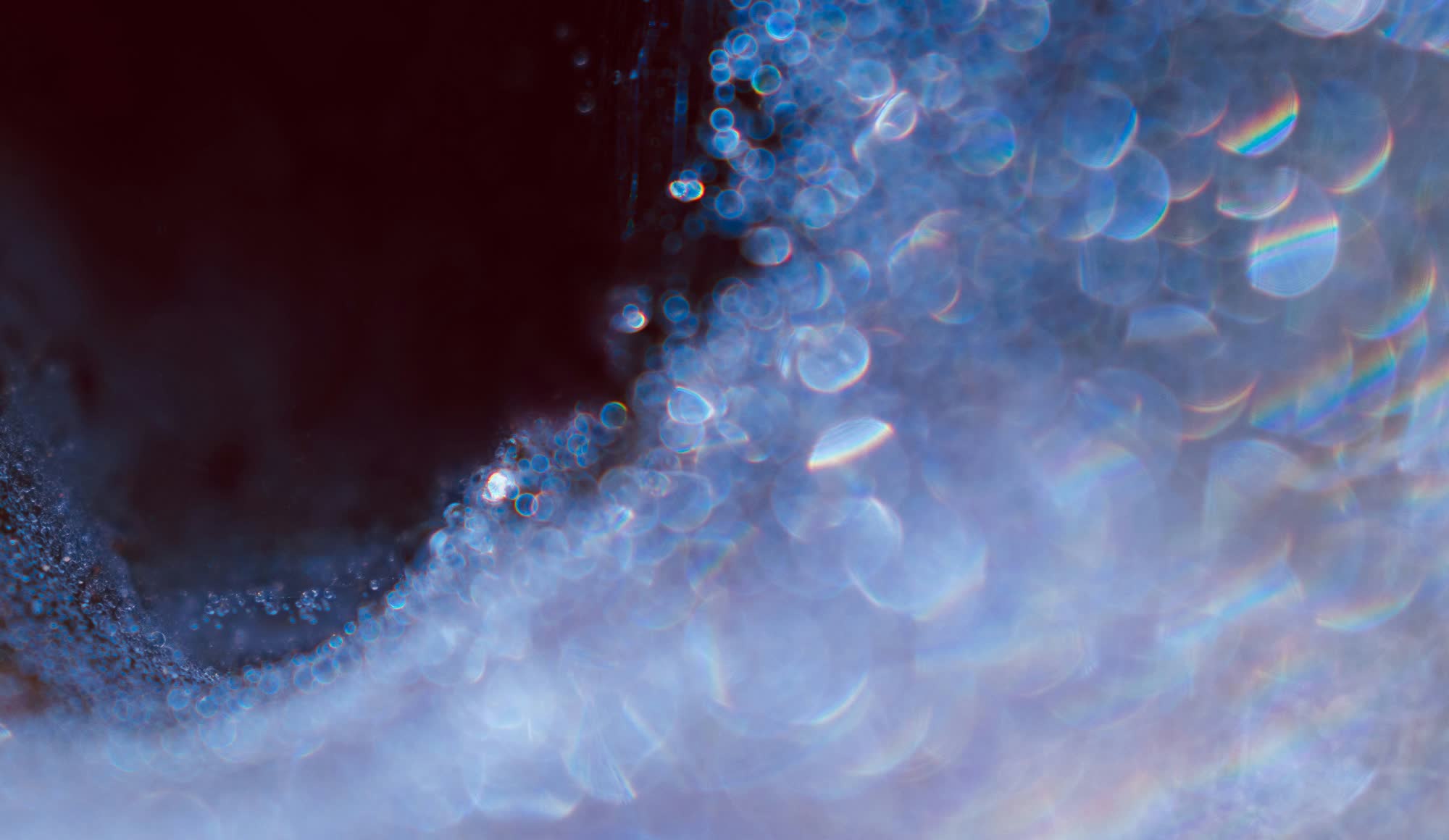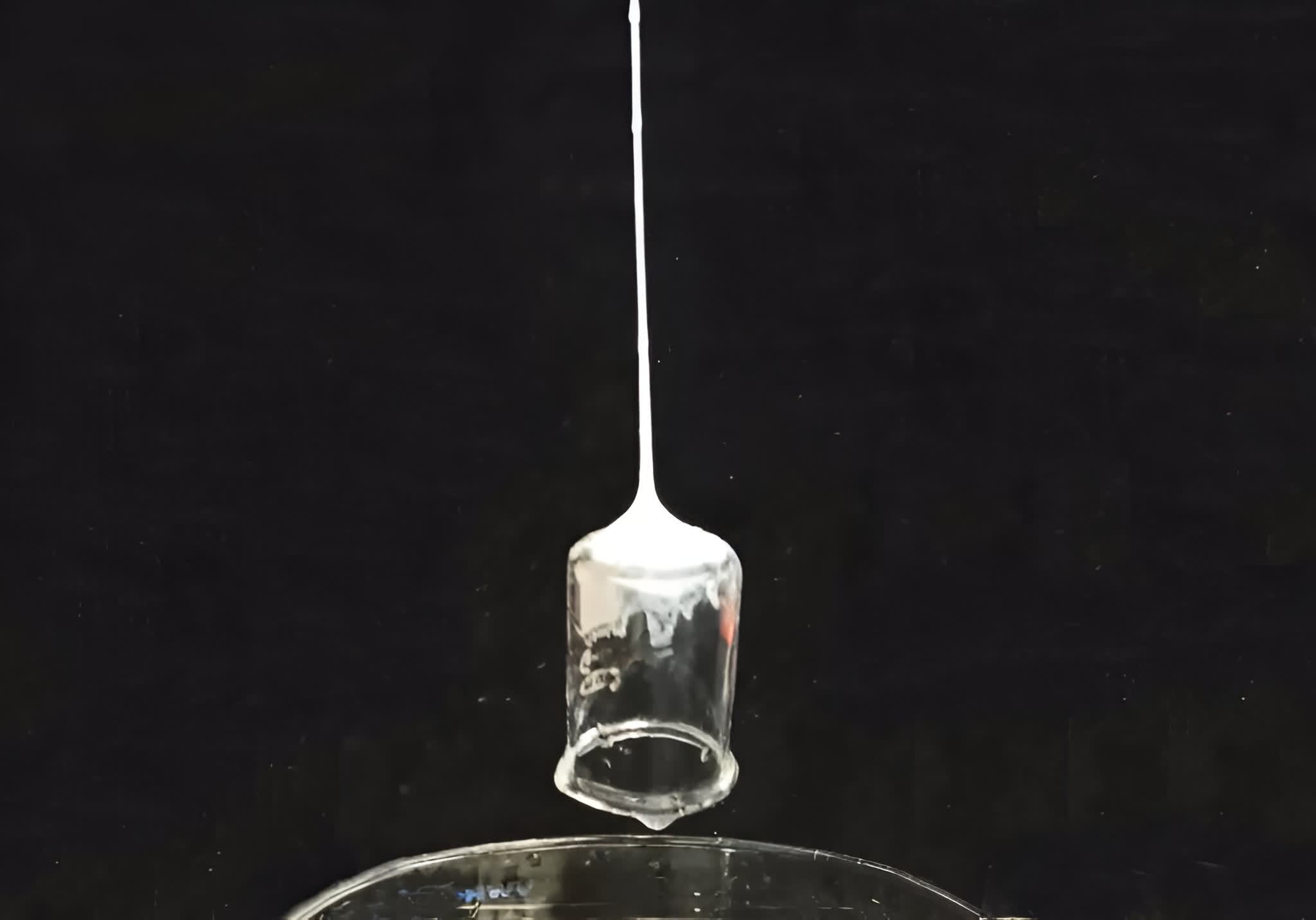Serving tech enthusiasts for over 25 years.
TechSpot means tech analysis and advice you can trust.
Why it matters: Scientists from Tufts University are one step closer to replicating the silk secreted by spiders, and the "accidental breakthrough" could eventually lead to sci-fi style web-slinging gadgets.
While working on a project to create super-strong adhesive using a silk moth protein known as fibroin, researcher Marco Lo Presti noticed a web-like material had formed in the bottom of his glassware after cleaning it with acetone.
Further experiments confirmed that fibroin exposed to chemicals like acetone or ethanol created a semi-solid gel after several hours, but another chemical – dopamine – caused the reaction to happen almost immediately. Presti and others believe dopamine accelerates the process by removing water from the equation, allowing the silk protein to rapidly transform from a liquid to a solid.

Pressing forward, the team discovered that shooting the silk through a special needle surrounded by acetone resulted in a fiber that could stick to objects. Furthermore, adding a protein called chitosan from insect exoskeletons made the material up to 200 times more tensile; another additive – borate buffer – boosted its adhesiveness 18-fold, the scientists found.
The size of the needle determines the thickness of the fiber strand, from roughly as thin as a human hair up to about half a millimeter in diameter.

Fiber shot from the needle was able to pick up objects over 80 times its weight in a variety of test scenarios, including a steel bolt and a scalpel lodged in sand, a test tube floating on water, and a wooden block at a distance of up to 12 centimeters.
Even with all of the additives, it is nowhere near as strong as natural spider silk which is still around 1,000 stronger. That said, the fluid is versatile and can be created on demand, making it attractive for a variety of applications. "It's really a superhero-inspired material," Presti said.
The team's research has been published in Advanced Functional Materials under the title, Dynamic Adhesive Fibers for Remote Capturing of Objects.
Image credit: Andrey Tikhonovskiy, Mohammad Alizade